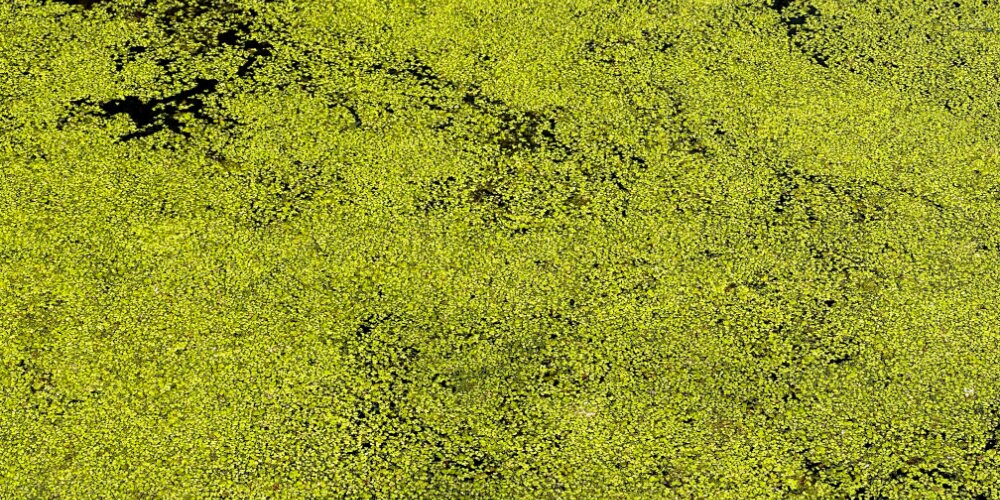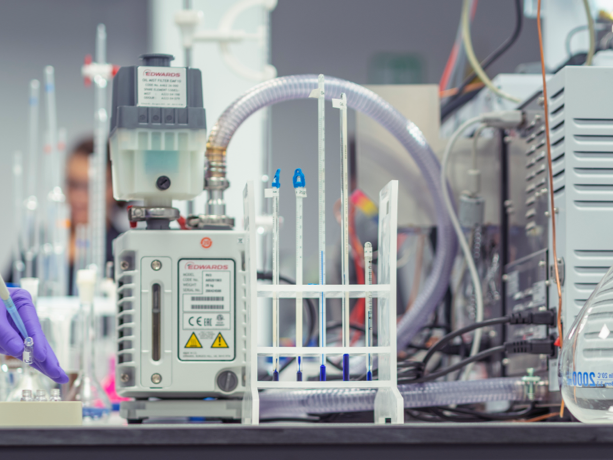Researchers Create Renewable Electricity Source Using Algae

Transitioning from fossil fuels to alternative, and importantly renewable, energy sources remains a critical concern within scientific research; both to protect the availability of resources, and to prevent further harm to the environment.
In response to this demand, a team of researchers from the Optical-Bio Microsystems Lab at Concordia University are exploring a novel approach to the challenge – algae-powered energy cells.
But what is the theory underpinning this technology?
According to Kirankumar Kuruvinashetti, now a Mitacs postdoctoral associate at the University of Calgary, ‘the idea of the micro photosynthetic power cell is to extract electrons produced through the process of photosynthesis’.
Photosynthesis is the method in which plants generate oxygen and glucose out of both carbon dioxide and water. As this is a continuous reaction that’s vital to a plant’s life cycle, discovering a way to exploit this process for energy could prove to be a superb, and consistently renewable, energy source. Alongside water and oxygen, photosynthesis releases electrons, which could be used to generate electricity if they’re harnessed and captured properly.
In order to experiment with this idea, the team developed a micro photosynthetic power cell consisting of an anode and cathode separated by a honeycomb-shaped proton exchange membrane, to allow for the movement of electrons. Dimensionally, each chamber measures in at a truly tiny 2mm x 2mm x 4mm.
The team then suspended the algae within 2mm of solution inside the anode chamber, and filled the cathode with potassium ferricyanide. Potassium ferricyanide is an electron acceptor, which means it can take in electrons from other materials. This makes it a valuable cathodic material for microbial fuel cells, particularly to prevent oxygen intrusion from affecting the reaction.
As the algae began to photosynthesise, the electrons were captured within the anode, creating a small electrical current. PhD candidate and co-author Dhilippan Panneerselvam explains that the process even works outside of direct sunlight, although this is at a lower intensity.
This technology will require further research however, particularly with regards to scalability and power demand. Current iterations of the algae power cells can only produce around 1V – and whilst that may be possible for use with ‘Internet of things’ sensors, is not yet powerful enough for wider scale adoption.
But the idea certainly remains promising for renewable and carbon-neutral/negative energy systems. Kuruvinashetti explains that ‘our model traps the electrons, which allows us to generate electricity. So more than being a zero-emission technology, it’s a negative carbon emission technology: it absorbs carbon dioxide from the atmosphere and gives you a current. Its only byproduct is water’.
Looking for materials testing excellence?
Then you’ve come to the right place. Our expert teams at The Lab have years of valuable and practical experience to draw upon across a range of industries, ensuring the answers they find are accurate and reliable.
Contact our team for more information, or book an obligation-free consultation to find out how The Lab’s materials testing services can help and support you.
Discover The Lab’s expert material testing services today
For more information, the latest news, and industry insights, explore The Lab’s News and Knowledge Hub…
Groundbreaking New Research Could Be Cost-Effective Solution to Produce Green Hydrogen | Researchers Propose New Chemical Reaction to Remove and Bind Carbon Dioxide From the Atmosphere | Can Solar Power Help Decarbonise Industrial Production?
- Date
- 04/10/2024
